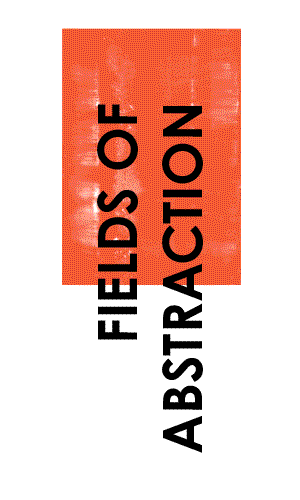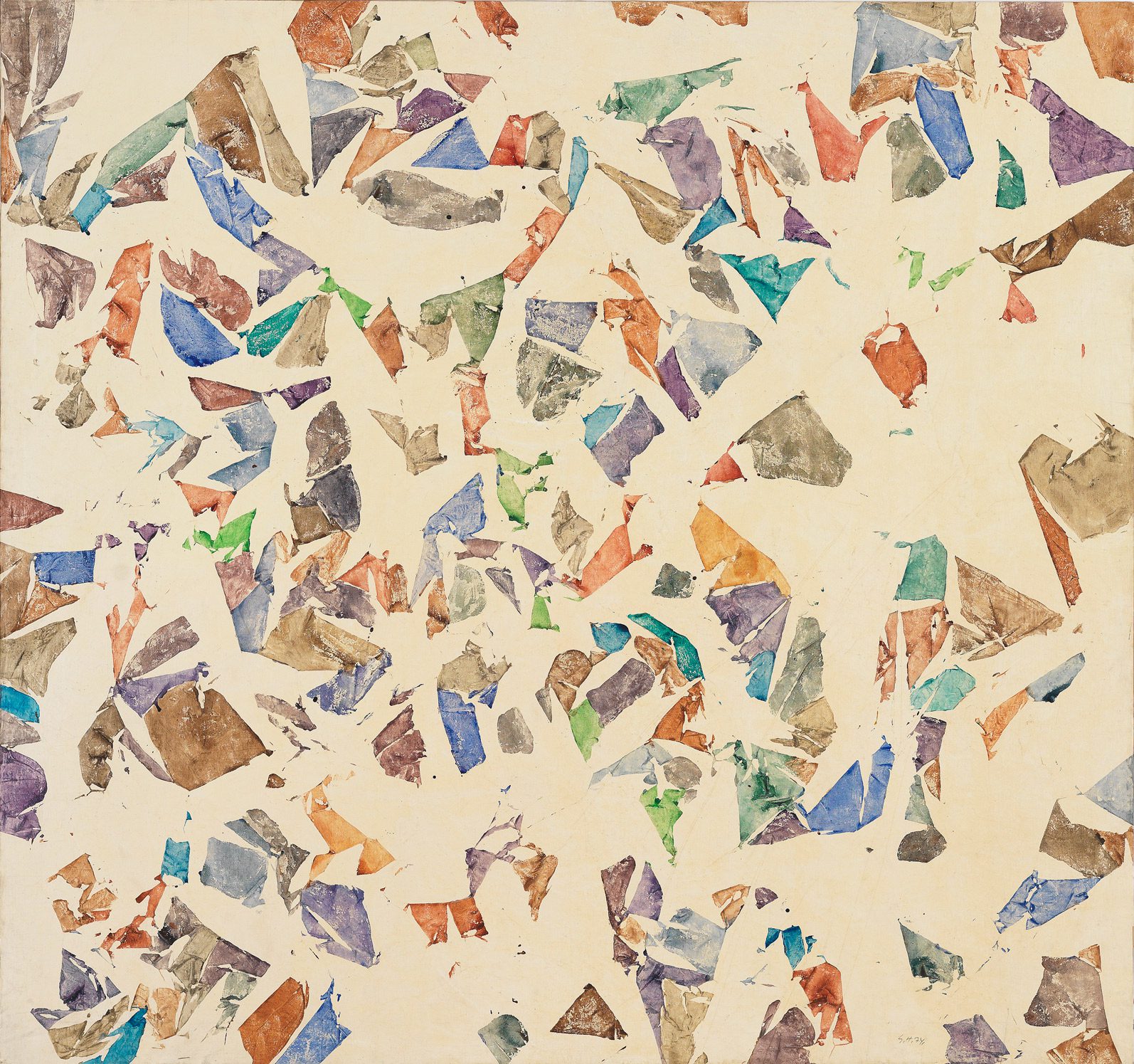Simon Hantaï harmoniously bridged Surrealist Automatism and Abstract Expressionism, gaining renown for his revolutionary technique of pliage – folding and unfolding unprimed canvas. He settled in Paris in 1955, after escaping Stalinist Hungary. Maturing personally and artistically in Western Europe, Hantaï explored Marxism and religious spiritualism, and he was also exposed to Far Eastern calligraphy through fellow French abstractionist Georges Mathieu.
Hantaï launched his first series of pliages in 1960. Crumpling his large canvases with the aid of pulleys and ropes, he applied bright colors to the ridges while leaving the furrows untouched, like the reserved areas in Indonesian batiks. He distributed the jagged patches of color across the canvas, achieving an allover dynamism – comparable to, though distinct from, that of Jackson Pollock, whose abstractions were an important source of inspiration. Painting is part of the 1972–82 series of pliages titled “Blancs.” Numerous multicolored yet muted bird-shaped patterns float in the pictorial space, appearing quasi three-dimensional.
Arina Zhukova and Adina Kamien



